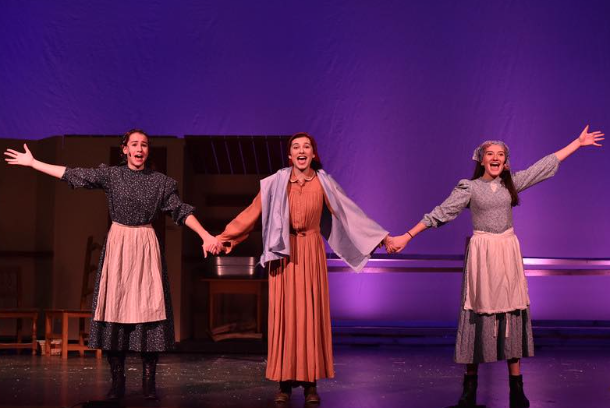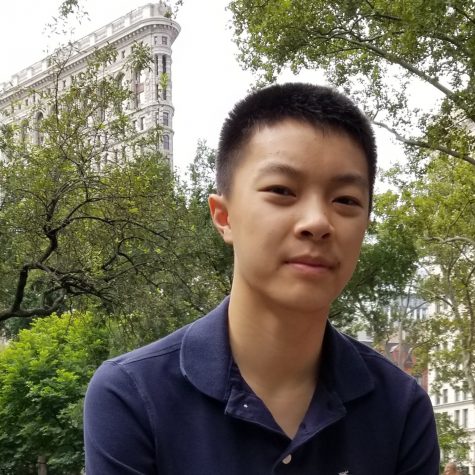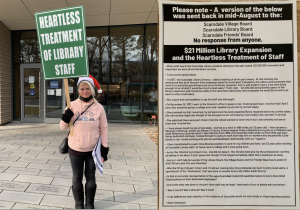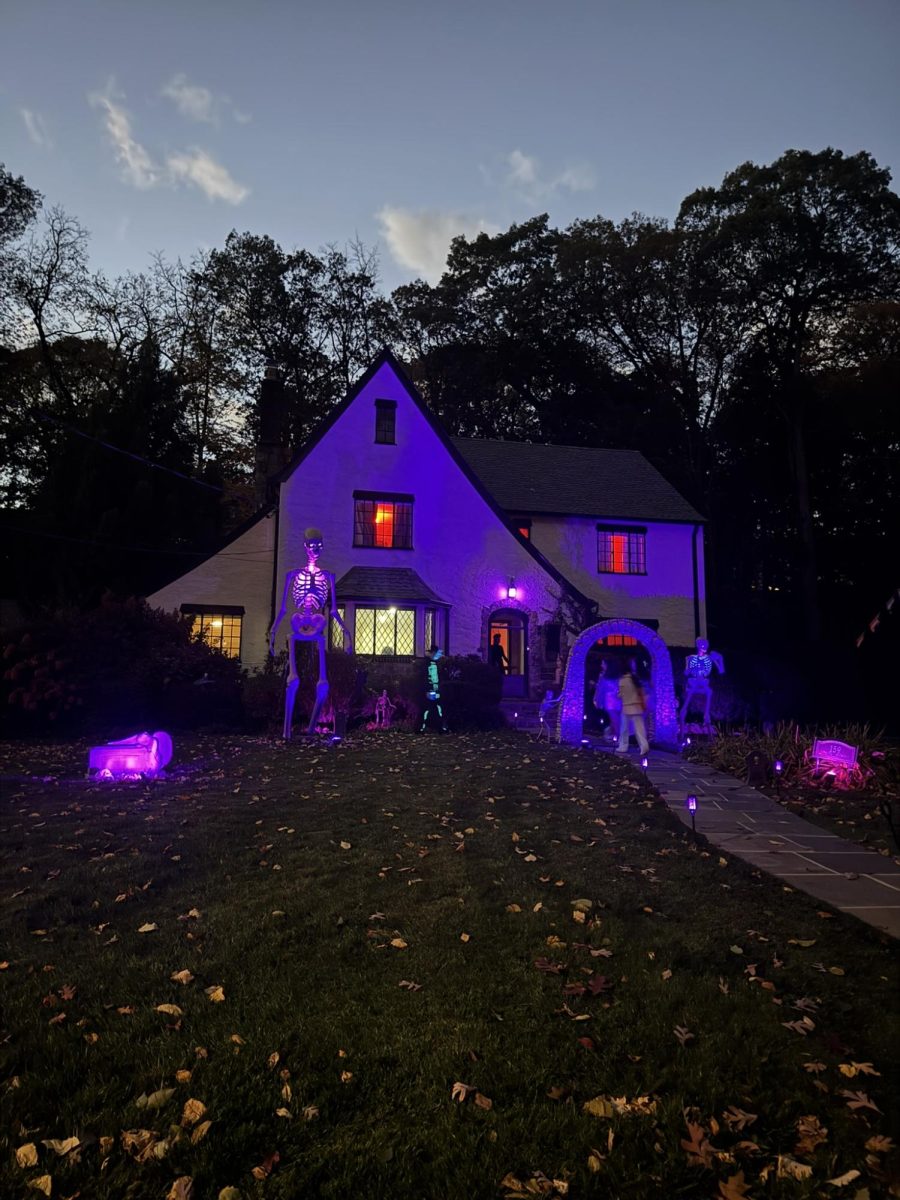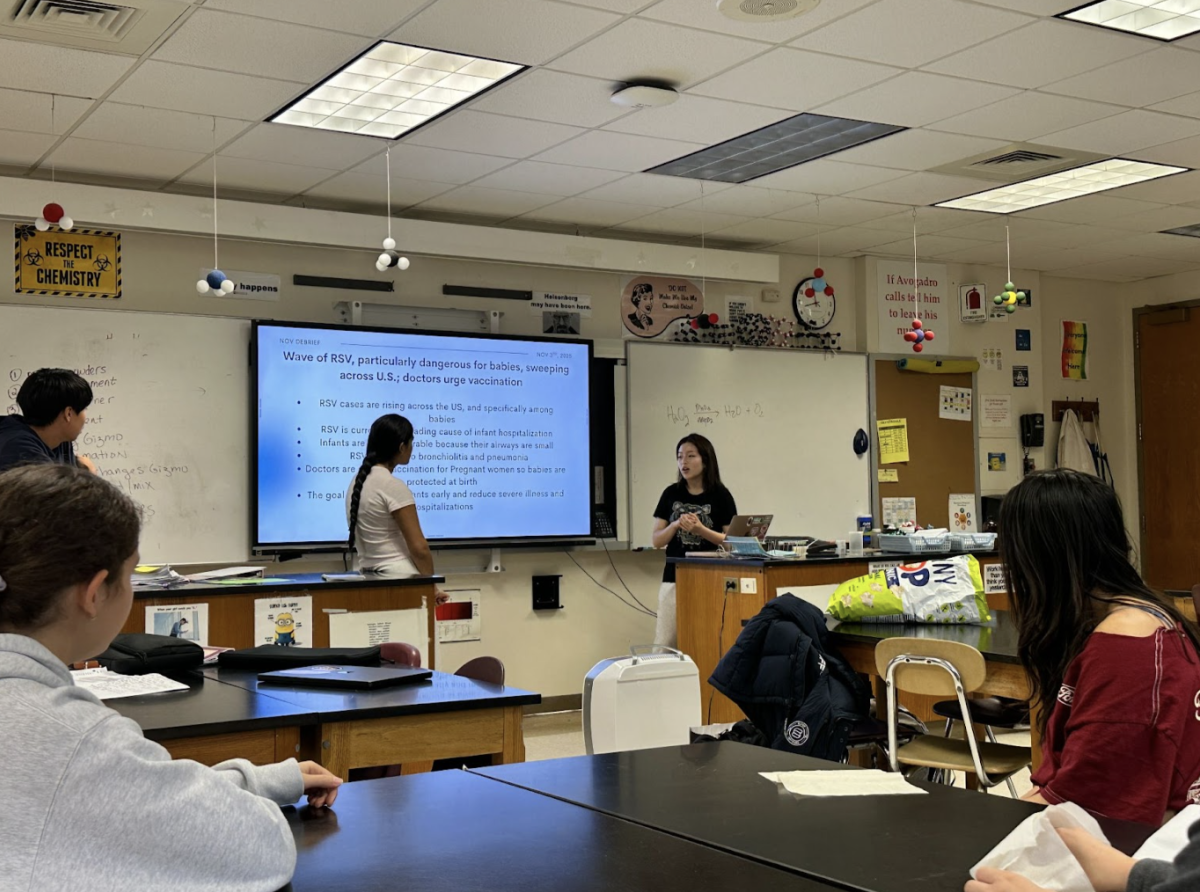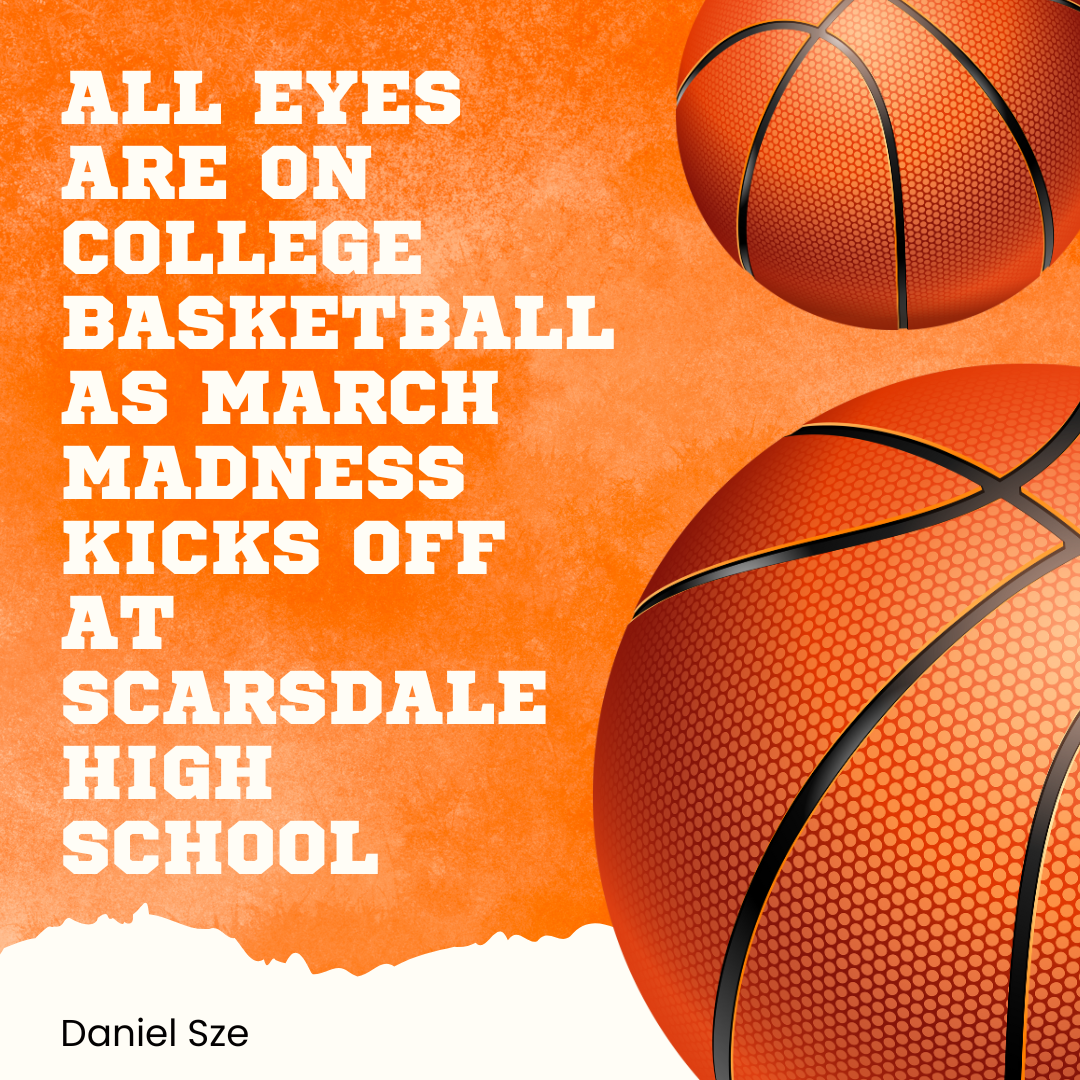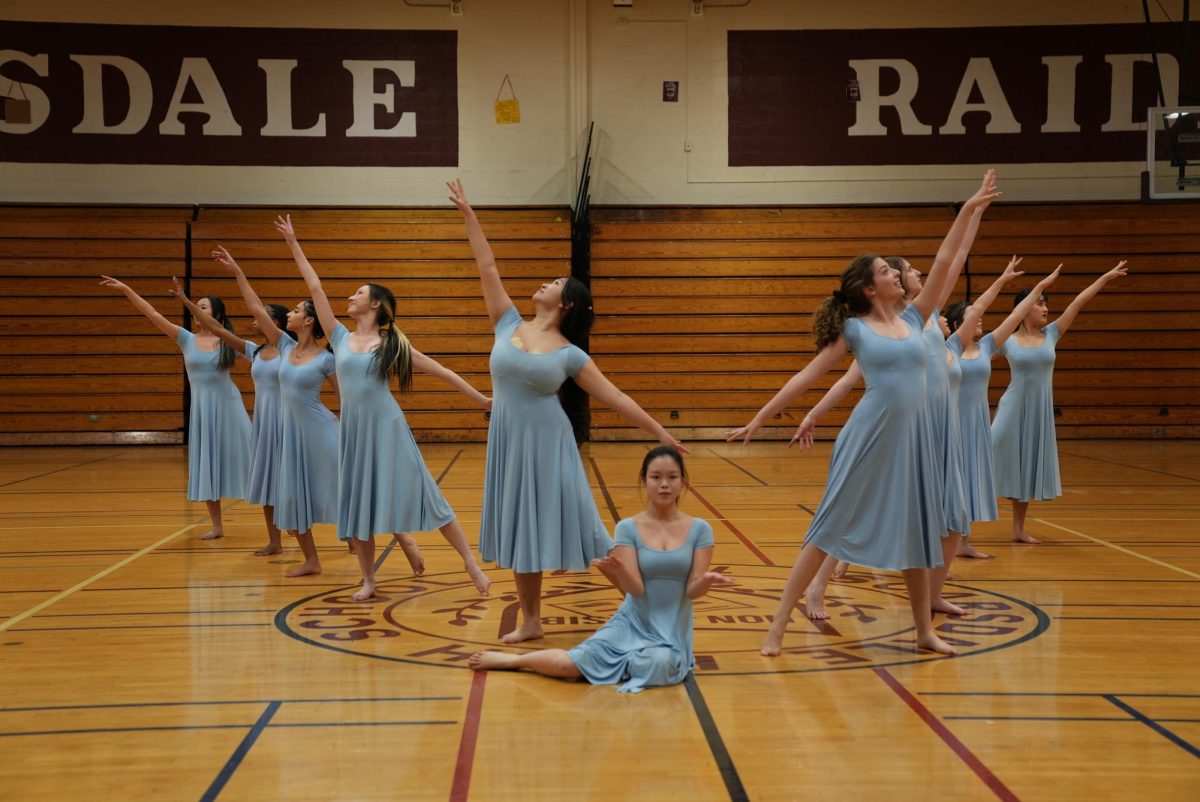Fiddler on the Roof Review
November 20, 2017
Between Friday, November 17th and Sunday, November 19th, the Drama Club performed Fiddler on the Roof three times. Directed by Drama Club Advisor Barbara Malecki, the talented, well-rehearsed cast and crew delivered a performance that was at points funny, touching, and overall relatable to the audience.
One of the most popular and longest-running musicals on Broadway, the classic is set in 1905, in the small town of Anatevka, Russia. It follows the story of Tevye, a Jewish father of five daughters, and the challenges he and his predominantly Jewish town face due to worldwide issues. In addition to global changes, Tevye faces obstacles in his own home. As each daughter grows older and finds their love interest, Tevye finds it harder and harder to give them permission to marry, experiencing conflict between his strong faith and his desire to make his daughters happy.
The characters of the classic musical are brought to life by the talented actors who add their own quirks, accents, and personalities to the characters they are portraying, making the play even more interesting to watch. The main character, Tevye, played by Matthew Kutzin ’18, struggles to maintain his strong faith in Jewish traditions and culture. Kutzin expands the character, mostly speaking softly and reserved, but also bellowing and truly letting out his emotions when situations go too far.
Also memorable are the performances by the supporting actors. Perchik, played by Craig Carroll ’20, is a scholar from outside the town of Anatevka. He brings with him more worldly ideas and beliefs that most of the townspeople ignore and look down upon. Carroll adds to the character, talking and interacting with others in a way which illustrates that he is an outsider due to his opposition of the stubborn beliefs of most of the townspeople.
Backing up the performances by the actors and ensemble was the stage, lighting, and pit crew. The stage crew worked transitions smoothly and seamlessly to set up the next scenes, reusing parts of the set efficiently and creatively to set up an immersive environment that drew in the audience but also still managed to direct the main focus on the actors themselves.
The lighting is carefully and effectively used to emphasize and expand on different important moments in the play. At several points, Tevye has moments of deep thinking where he is talking to himself. The lights would go off and the stage would appear frozen, with only one spotlight on Tevye to demonstrate that he was soul-searching and thinking hard about his decisions for his daughters’ requests.
Lastly, the orchestral pit, made up of both professionals and several Scarsdale students and staff, accompanied the solo and ensembles and provided an audio background that helped emphasize emotions and feelings in the play. The pit is important to remind the audience of the omniscient feelings of tradition and Tevye’s strong faith; they play the main theme of the fiddler at several moments when Tevye has to make a decision on giving permission to his daughter’s marriage proposals. Along with the pit, the fiddler, played by Gabby Rub ’20, played the widely recognized tune to symbolize the precarious balance of the lives of the people of Anatevka, like a fiddler on a roof.
The audience appeared to be thoroughly enjoying the play, laughing, gasping, and giving loud applause after each musical number finished. “My expectations were that it would be extremely well prepared and well thought-out and interesting. Also, I watched the movie before since my brother [Harry Parks ’20] plays in the pit, I heard it a lot, so I expected it to be very extreme and intense,” said Margaret Parks ’20. Overall, the audience enjoyed the talented and touching performance of the classic play with ever-relevant themes of faith, family and community, and many people already cannot wait to see the next drama performance.

